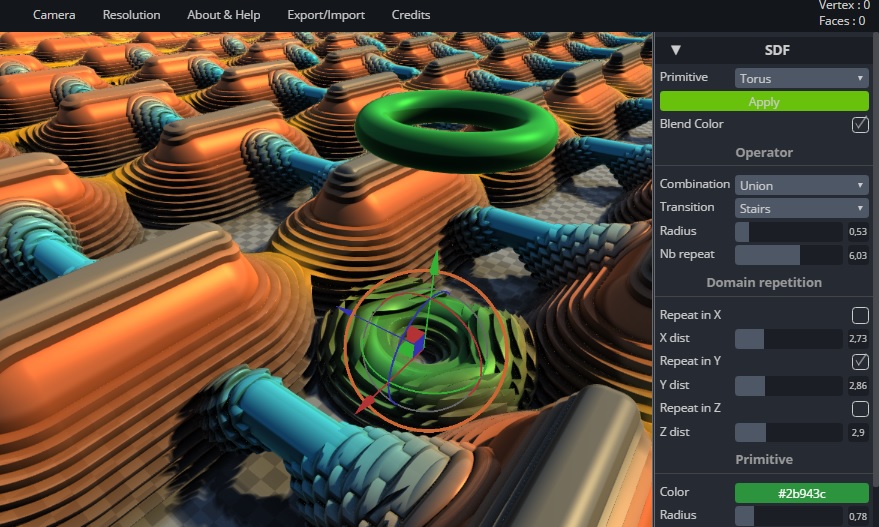


That’s cool and all, but it seems pretty difficult to learn, right? Well, there are several great, beginner-friendly use-cases for sculpting aside from making models from scratch. You start with a piece of (digital) clay that you can push, pull, smooth, grab, pinch or otherwise manipulate. Luckily for us, there is another modeling technique especially suited for modeling organic shapes and it’s called sculpting.ĬAD modeling (left), traditional polygon modeling (middle) and sculpting (right)ģD sculpting is a digital equivalent to traditional clay sculpting. Check out SculptGL in action in the video below.But how would you go about modeling your favorite movie character? What about an animal, monster or a D&D miniature? Or even something as simple as adding a dent to model to make it look worn out? Modeling something like that in CAD software would be a total nightmare and traditional polygon modeling is just slightly less awkward tool for something like that. It is an open source MIT licensed project with the source available on Github. Optimizes post and pre transform cache (tipsy algorithm).Local subdivision (create new triangles).In case of a non closed mesh, a naive holefilling algorithm is performed first.Uniform remeshing (quads will have the same size).Uses SurfaceNets meshing algorithm (produces quad-only mesh).keep UVs (both reversion and subdivison).Navigating from low/high poly level subdiv will retain sculpting changes.Reversion (compute opposite of subdvision if possible).Quad-tri Subdivison (catmull-clark/loop).PBR Vertex Painting (color, roughness, metalness).Standard tools : Brush, Inflate, Smooth, Twist, Drag, etc.It is a 3D sculpting application similar to ZBrush, Sculptris or Mudbox, but it runs entirely inside your browser (or locally via Electron if you prefer). It’s simply amazing the amount of free software available these days for game developers, and SculptGL is no exception.


 0 kommentar(er)
0 kommentar(er)
